
Moose Adaptability
Moose adaptability; how do moose react and change the way they utilize habitat after logging and natural events such as forest fires and prescribed burns.
Forest managers and wildlife managers need to work together to maintain good habitat for moose. After a forest has been clearcut if the area is strictly a large square with no remaining trees; moose will not adapt to the area but rather will abandon it.
Complex forest ecosystems combined with forest management systems can create uncertainty in future planning of forests. These along with many other contributing factors will either stall management or encourage it.
A prime example of good moose habitat after logging. The patches with uneven edges create areas of potential forage growth that moose will utilize for about 20 years. Moose adaptability will be determined by the quantity and quality of the new growth. There must be a mixture of deciduous and coniferous growth.
On Clearcutting
Moose will take advantage of these newly logged areas while there are new tree tops and browse available for the first season. Typically moose will then abandon these areas until after about year 5 when forage growth has returned in substantial quantities. For the following 15 years or so the moose will utilize these areas until after this period the coniferous trees begin to block out the light and the browse has been reduced.
Ideally the areas that have been logged are then mechanically enhanced via LeTourneau crushers or other modern equipment to break apart the materials left behind by the logging operations. This type of enhancement speeds the rotting and breakdown of branches and leftover logging debris.
Crushing does not always give positive results. If the original stands before deforestation were devoid of or had lack of forage, it is understandable then that new growth will not be primarily good forage material.
Care must be taken to only scarify the surface. I have witnessed areas where the logging operation has literally turned the soil over. The idea of this is fine except in areas where the overburden of soil is only a few inches deep and the newly turned soil is nothing more than gravel. This type of "gardening" will not enhance any type of new growth.
On Wildfires
After wildfires have ravaged a moose habitat; how do moose adapt? Initially moose that escape will abandon these areas. The food and shelter will be gone driving the moose population away. Recovery time for areas where wildfires have happened are longer than those of mechanized logging.
In areas such as the Kenai Peninsula where wildfires are the primary method of creating moose habitat, the areas affected become decreasingly productive for moose (Schwartz and Franzman 1989).
Natural forest succession dictates that prime moose browse does not occur, but rather a dense forest without undergrowth.
Comparing regrowth of forage in areas that were crushed to that of fire, the regeneration of crushed areas can be expected to rehabilitate up to 8 years faster than those areas that were burned.
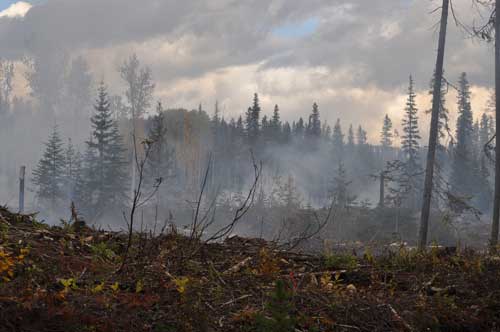
Slash burning of logging debris will encourage regrowth of forage for moose. This is another patch cut area where leaving stands of trees, travel corridors, shelter and escape route will increase the chance of moose adaptability to the area.
Moose adaptability to loss of habitat can be summarized by saying that after human deforestation or by natural wildfire (prescribed fires as well), moose will make use of the areas. Really it will depend on the regeneration of forage, proximity to safety and shelter. If the areas are too large moose will avoid them completely. They seem to be more comfortable venturing out into openings that are less than 100 meters wide with good escape routes and travel corridors nearby.
Want to learn how to hunt moose? Or are you wanting to increase your moose hunting skills?
Look no further!
Our moose hunting tips book is written with
not just the novice in mind, there are tips in the book that even the
most seasoned moose hunter will find of value.
The book includes 57 chapters, with more than 150 pages of information, jam packed with tips, techniques and discussions - The Ultimate Guide to Moose Hunting!
And don't forget to order one of our Fiberglass Moose Calls. In stock and ready to ship.
Top of the Moose Adaptability Page
Return to the Moose Facts Page
Return to All About Moose Home Page
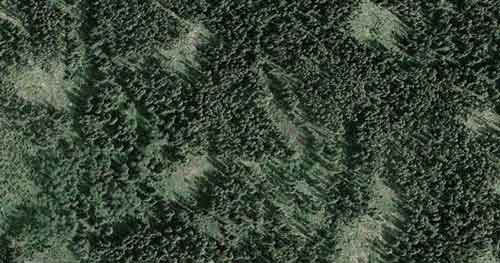
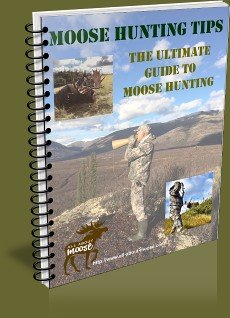
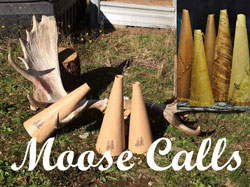
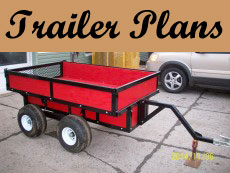
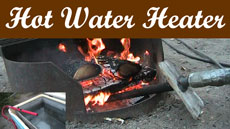



Comments
Have your say about what you just read! Leave me a comment in the box below.